Understanding Swimming Pool Installation Types
Creating a stunning backyard oasis with a swimming pool is a dream for many homeowners. However, before diving into the project, it’s essential to understand the various types of swimming pool installations available, including the differences between in-ground and above-ground options. This knowledge will help you make informed decisions about which type of pool best suits your lifestyle, preferences, and budget.
Whether you want a sleek, modern inground pool or a more versatile above-ground model, your choice will significantly influence the overall aesthetic of your backyard and the experience you’ll have. For an insightful study on swimming pool installation, this guide will delve into installation types, cost estimates, and what to consider when hiring professionals.
In-Ground vs. Above-Ground Pools
Choosing between in-ground and above-ground pools involves assessing various factors, including cost, permanence, and aesthetic appeal.
In-Ground Pools
In-ground pools are typically constructed from materials such as concrete, fiberglass, or vinyl. These pools are permanently installed and become a part of your property. Here are some key advantages:
- Customization: In-ground pools can be tailored to your specific design preferences, including shape, size, and features like waterfalls or lighting.
- Increases Property Value: Properly installed and maintained, in-ground pools can increase your home’s market value.
- Durability: With proper maintenance, in-ground pools can last for decades, providing long-term enjoyment.
Above-Ground Pools
Above-ground pools, in contrast, are usually easier and quicker to install, making them a more cost-effective option. Here are a few benefits:
- Cost-Effective: Above-ground pools typically cost less than in-ground options, making them accessible for many budgets.
- Ease of Installation: These pools can often be set up in less than a week, making them ideal for those who want a quick backyard transformation.
- Flexibility: Above-ground pools can be disassembled and relocated or removed if you decide to sell your home or no longer want a pool.
Comparative Benefits of Pool Materials
The choice of materials for your pool will significantly influence its lifetime, maintenance, and overall value. Factors such as aesthetics, durability, and cost all come into play:
Concrete Pools
Concrete pools are the most durable option and can be built to any size or shape. They offer a high degree of customization and are resistant to extreme weather. However, they require more maintenance and can be expensive upfront.
Fiberglass Pools
Fiberglass pools come pre-formed and are relatively quick to install compared to concrete. They are smooth to the touch, require less maintenance, and have the added benefit of being resistant to algae growth. On the downside, they can be limited in terms of customization.
Vinyl Liner Pools
Vinyl liner pools offer a balance between cost and customization. They are less expensive than both concrete and fiberglass, but they may require more frequent replacement of the liners and are not as durable as other materials.
Choosing the Right Pool Shape and Size
Before you install a pool, it’s crucial to consider its shape and size to ensure it fits organically within your backyard space. Factors such as local regulations, your intended use of the pool, and landscape considerations are vital.
Considering Functionality
Will the pool be used primarily for relaxation, exercise, or entertaining guests? For active swimming, a rectangular pool may be the best choice, while a kidney-shaped pool can create a stunning focal point for relaxation.
Space Considerations
A detailed survey of your property is necessary to choose the right size and shape. Ensure you leave ample space for decking, landscaping, and safety barriers as mandated by local codes.
Key Factors Influencing Installation Costs
Understanding the costs associated with swimming pool installation is essential for effective budgeting and financial planning. Many factors come into play that can significantly alter the final price tag.
Estimation of Swimming Pool Installation Costs
The average installation cost can vary widely based on the type of pool, materials, and additional features. According to a variety of industry sources, here’s a rough estimate:
- In-ground vinyl liner pool: $20,000 – $40,000
- In-ground fiberglass pool: $20,000 – $85,000
- In-ground concrete pool: $35,000 – $120,000
- Above-ground pool: $2,500 – $15,000
Factors That Affect Pool Pricing
Several factors can impact the total cost of your swimming pool installation:
- Site Preparation: The topography and conditions of the land where the pool will be installed can greatly affect costs. Rocky terrain or poor drainage will require additional excavation and grading work.
- Permits and Regulations: Each locality has different regulations regarding pool installations. You may need to obtain various permits that can contribute to the overall cost.
- Additional Features: Choosing to add features like a spa, waterfall, or upgraded technology (e.g., smart system for water monitoring) will increase costs.
- Season and Timing: Costs may fluctuate based on the season. Off-peak installation seasons might offer discounts or promotions.
How to Budget for Your Pool Project
Budgeting for a swimming pool project requires forecasting not just the initial installation costs but also the ongoing maintenance and operational costs:
- Initial Estimate: Start with a comprehensive estimate based on the type of pool you want, including installation and landscape integration.
- Maintenance Costs: Regular costs such as cleaning supplies, chemicals, and maintenance services can add roughly $1,000 – $3,000 per year depending on pool size and use.
- Utility Costs: Don’t forget to factor in increased utility costs associated with pool operation. This could include increased water bills, electricity for pumps and heaters, and chemical expenditures.
The Installation Process Explained
The journey to your dream pool starts well before the first shovel hits the ground. Knowing the installation process in detail can prepare you for a smooth experience.
Steps to Prepare Your Backyard for Installation
Before the installation of your pool begins, several essential steps must be taken:
- Site Assessment: Evaluate your yard’s layout, drainage patterns, and proximity to trees or structures that may impact the installation.
- Design Approval: Finalize the pool design, and obtain necessary permits from your local government.
- Utility Lines Check: Contact utility providers to ensure that there are no underground lines in the planned excavation zone.
Essential Equipment and Tools Required
Depending on whether you’re hiring professionals or venturing to install a simpler pool yourself, several tools and equipment may be required:
- Excavators for digging
- Leveling tools to ensure even surfaces
- Concrete mixers (for concrete pools)
- Ladders and scaffolding for access
- Plumbing and electrical supplies for filtration systems
Timeline for Completing the Installation
The installation timeline can vary based on pool type, weather, and site conditions:
- Permitting and Planning: 2-6 weeks
- Excavation: 1-2 weeks
- Installation of Pool Structure: 2-4 weeks
- Finishing Touches (decking, landscaping): 1-3 weeks
In total, the installation process could take anywhere from one month to several months, depending on the complexity of the project.
Post-Installation Maintenance: Keep Your Pool in Top Shape
Congratulations! You’ve successfully installed your swimming pool. To ensure its longevity and retain its aesthetic appeal, regular maintenance is crucial.
Routine Maintenance for Swimming Pools
Regular maintenance activities will keep your pool clean and safe for use:
- Check and balance chemicals weekly to maintain safe water quality.
- Brush and vacuum the pool regularly to prevent algae buildup.
- Inspect filters and pumps to ensure they are functioning correctly.
- Replace any broken tiles or liners promptly to prevent further damage.
Winterizing Your Pool
In areas with freezing winters, winterizing your pool is essential for protecting your investment:
- Lower the water level slightly below the skimmer.
- Add winterizing chemicals to prevent algae growth during the offseason.
- Cover the pool with a sturdy winter cover to keep debris out.
Common Repairs and Upkeep Tips
Over time, pools may experience wear and tear. Here are some common repairs and how to handle them:
- Leaking Pools: Identify the leak source and consult a professional if it’s due to plumbing issues.
- Crumbling Concrete: Repair cracks with concrete caulking or consult a specialist for more extensive damage.
- Damaged Liners: If the vinyl liner is damaged, a replacement might be necessary to maintain pool aesthetic and function.
Choosing the Right Pool Installation Company
Finding a reputable pool installation company is essential for ensuring a smooth and professional experience. Here’s what to consider:
What to Look For in a Pool Builder
When selecting a pool builder, look for companies with a solid reputation, proven track record, and necessary licenses and insurance. Check their portfolio for previous projects and customer satisfaction levels.
Evaluating Customer Reviews and References
Check online reviews and ask for references from past clients to gauge the builder’s professionalism and quality of work. Pay attention to feedback regarding communication, efficiency, and post-installation support.
Questions to Ask Your Potential Installer
Ensure that you address all your concerns during the interview process with potential pool installers. Here are some crucial questions to consider:
- What is your experience in pool installation?
- Can you provide a detailed estimate of total costs?
- How will you handle unexpected complications?
- What warranties do you offer on pool installations and repairs?
By asking these questions, you’re more likely to land a skilled installer who will ensure that your swimming pool project is successful.
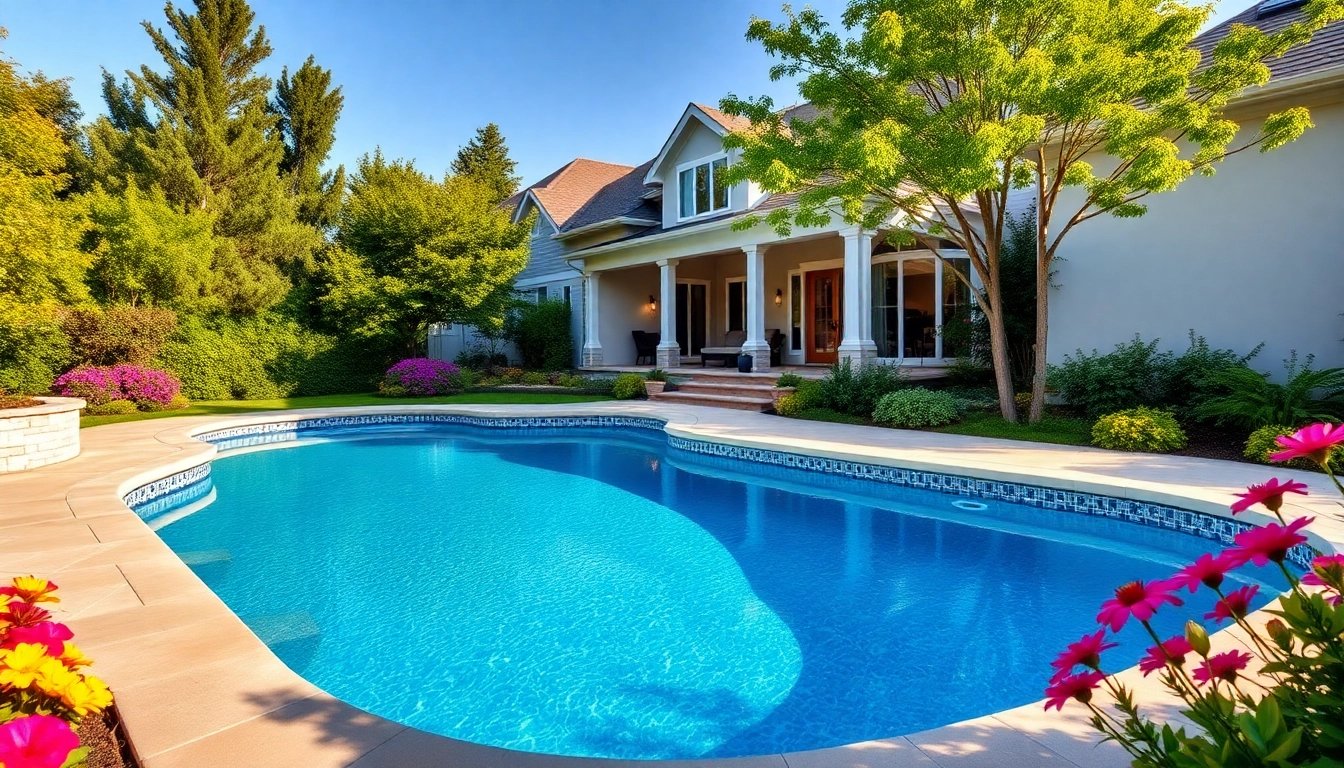

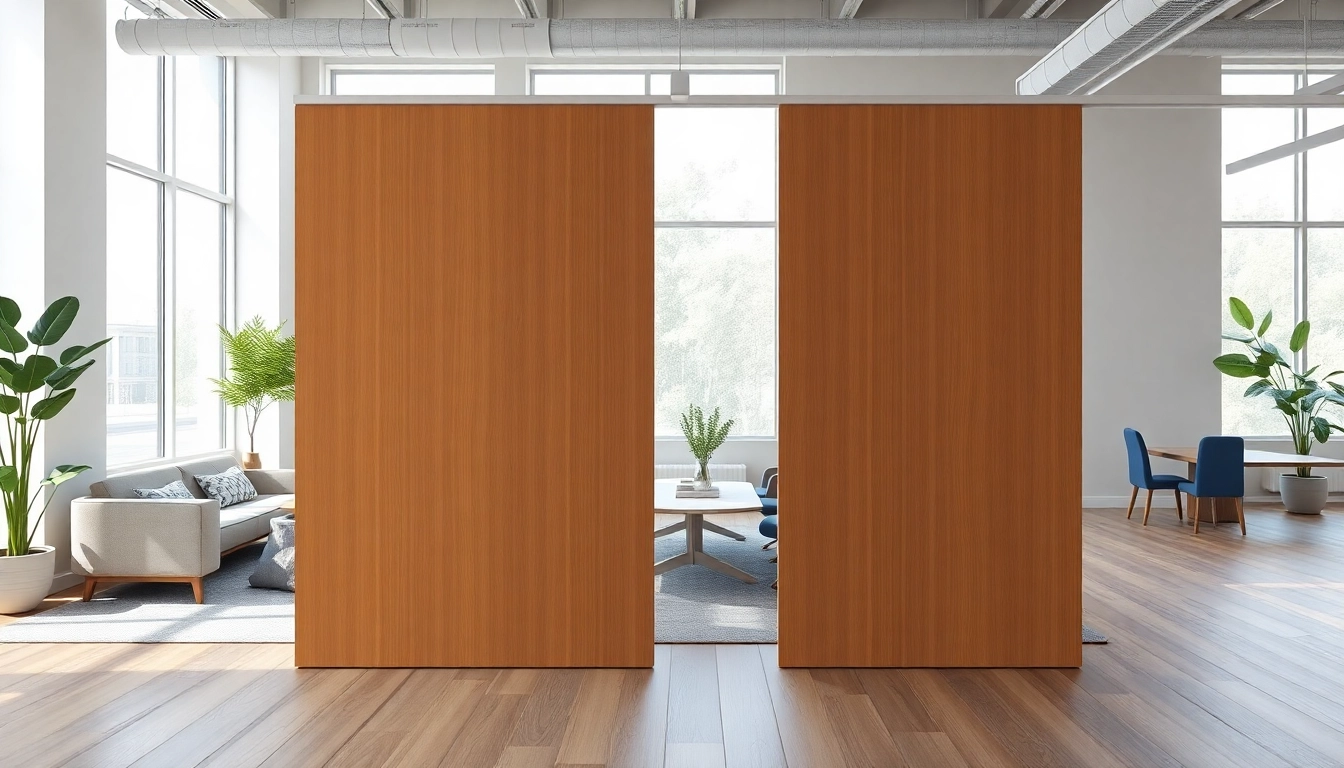
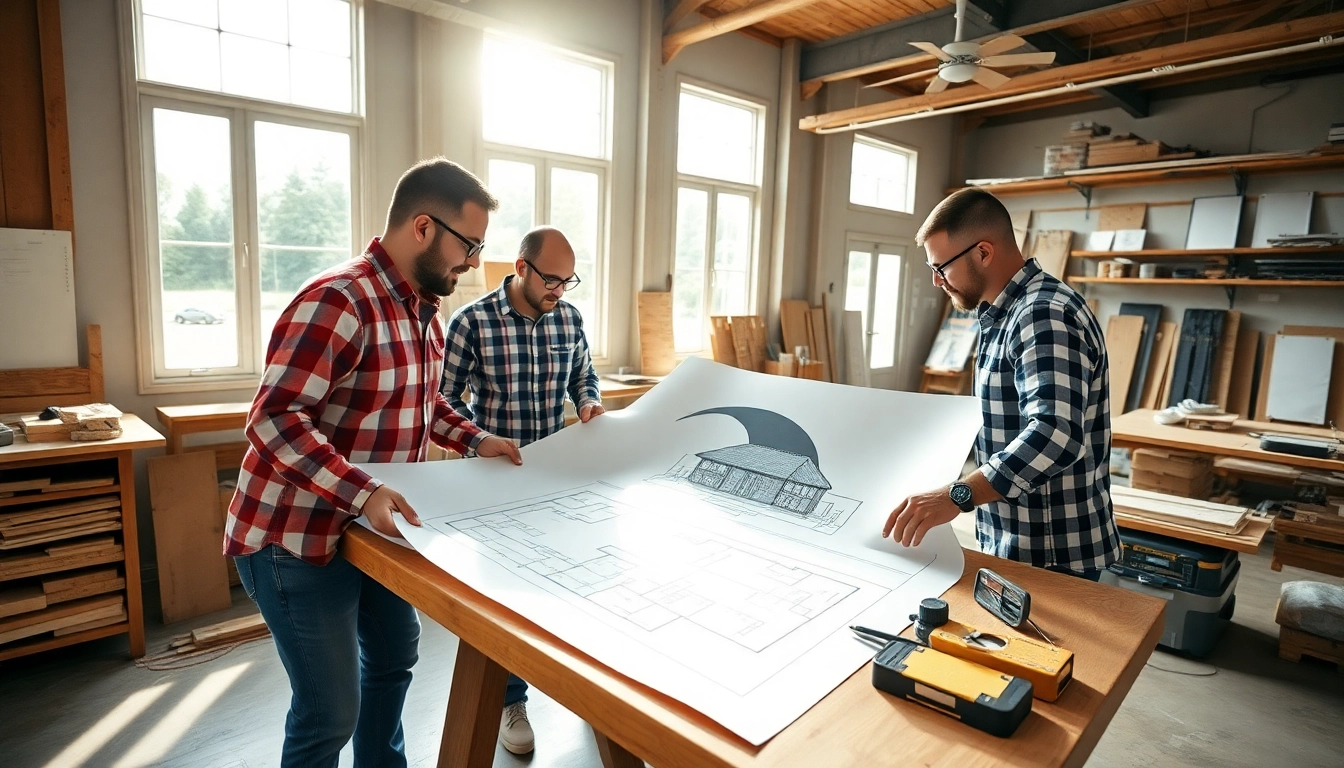
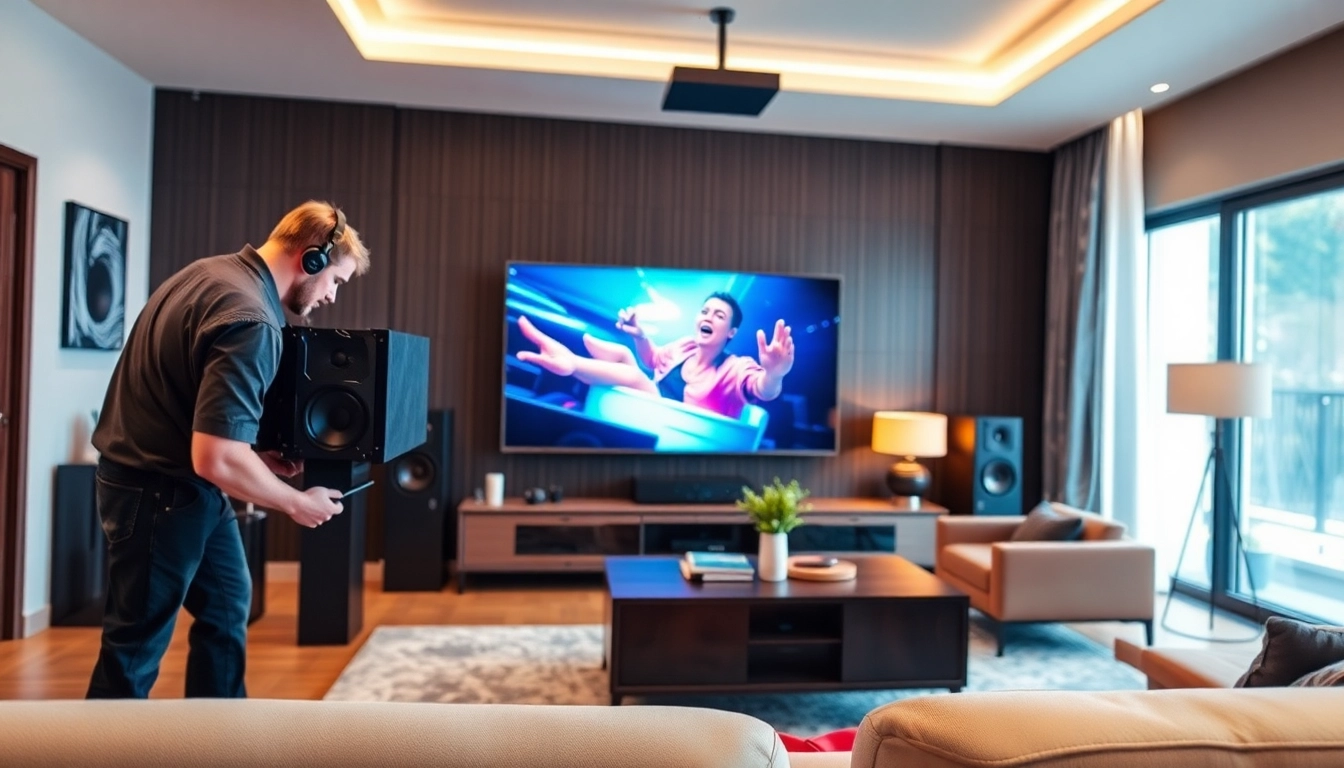

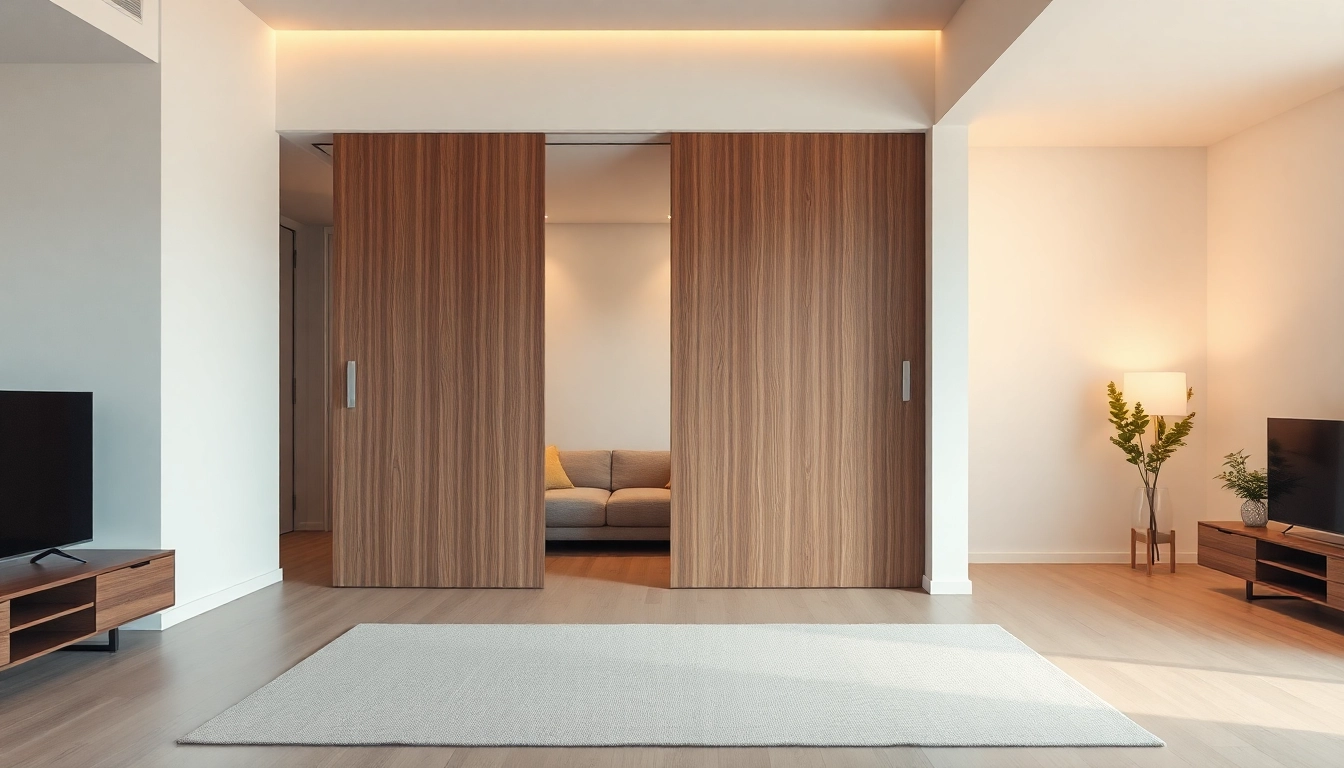


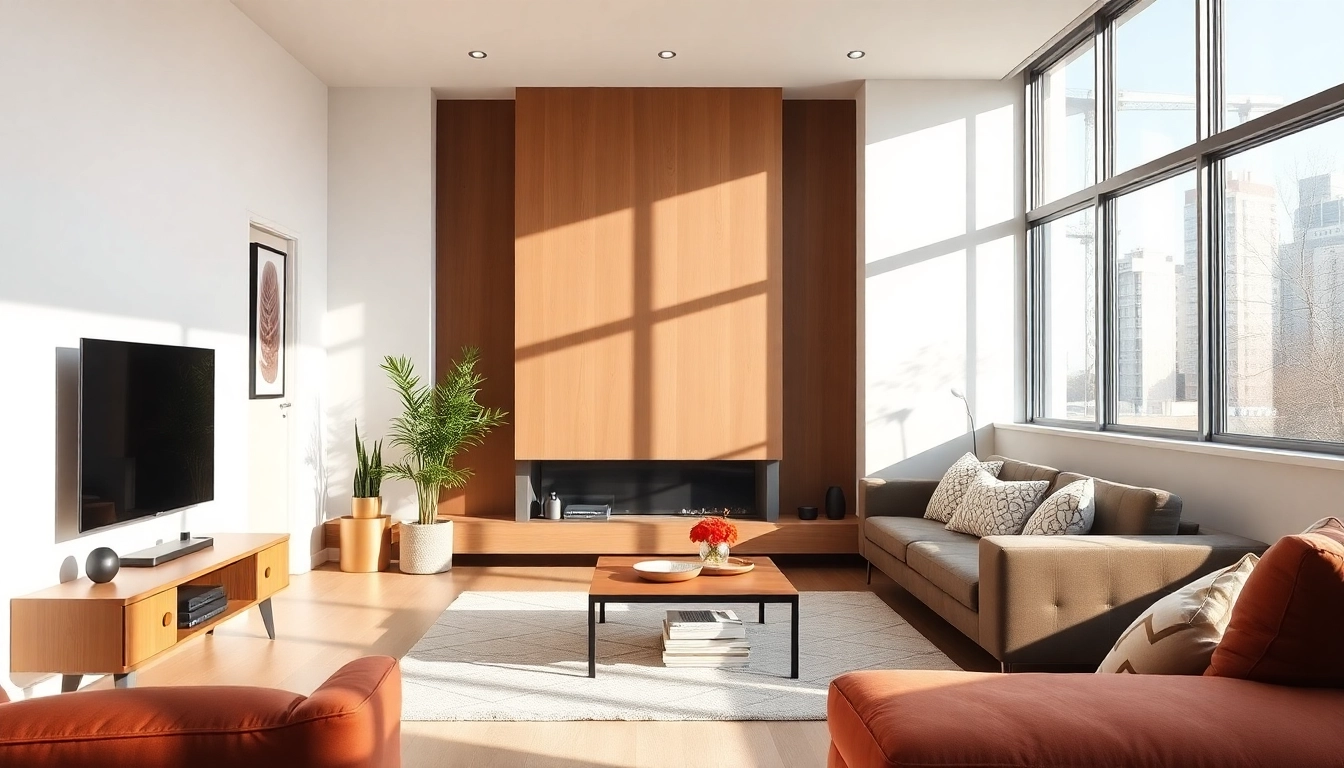





Leave a Reply